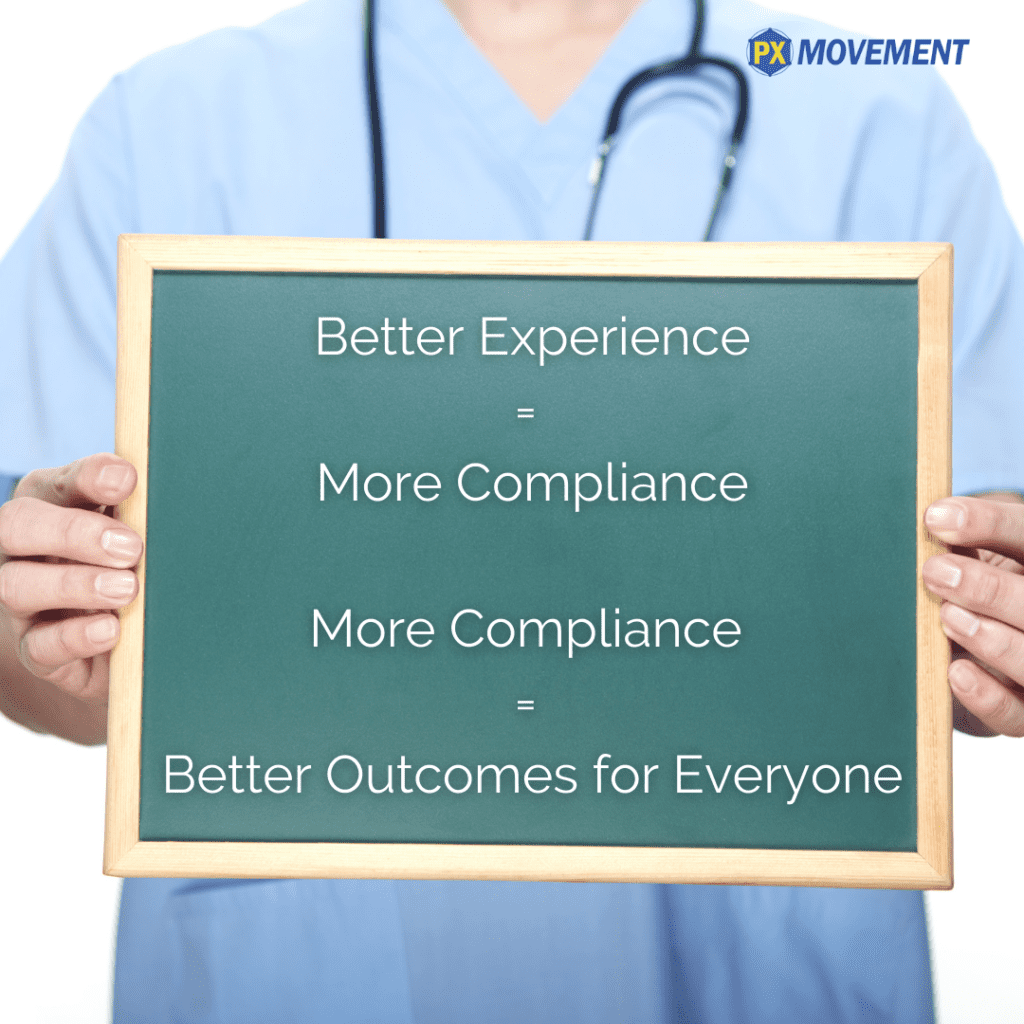Regulations drive a wedge between the doctor and the patient, but a big share of the problem rests with doctors themselves. Let’s talk about the culture that is leading to dissatisfaction by both patients and doctors.
One of the reasons I’m passionate about patient experience is that I see a direct connection between a great patient experience and improved clinical outcomes. The logic is straightforward: If patients have a better overall experience, they are more likely to follow doctors’ clinical recommendations. Better compliance leads to better outcomes. Better outcomes create a healthier society with less money being spent on healthcare overall.
A recent LA Times article by bay area plastic surgeon Robert Pearl, MD digs deeper into why the logical approach is hard to achieve. Kudos to him for pointing out a true weakness of our healthcare system, the medical culture among doctors.
While regulations drive a wedge between the doctor and the patient, from insane pre-authorization requests to mandated computer documentation, Dr. Pearl says a big share of the problem rests with doctors themselves. Specialists outnumbering primary care physicians has created a culture with physical, financial and psychological consequences that lead to dissatisfaction by patients and doctors. Towards the end of this terrific op-ed piece, Dr Pearl writes:
We would produce more compassionate physicians if residents and interns were asked, ”Did you treat all of your patients today as you would want if they were your parent, sibling or child?”

How to Positively Impact the Patient Experience
This is precisely what I mean when I say that doctors need to think of people coming to see them as both patients and customers. This applies to all doctors and specialties, not just those whose patients pay directly for services. The way to fix bad culture – whether it be doctor culture or practice culture – is to shift the focus so that it addresses the person not just the patient. That’s what the PX Movement intends to do – and here are just a couple small ways you can positively impact the Patient Experience in your practice:
- For each patient encounter, can you identify one “customer” need (ie, non clinical) that you or your team can fulfill?
- Is there a unique moment or ritual in your practice that would be memorable as viewed by your customer?
- Ask yourself – do I treat my patients like family? If not, how can I create more authentic interactions between doctors, staff, and our guests?
Thinking of patients as if they were a member of your own family is a great first step in understanding what the PX Movement is all about! In Beyond Bedside Manner, I provide plenty of more ways you can help turn the tide of the negative doctor culture and develop more compassionate, individualized care in your practice.
All it Takes is a Change of Mindset
Doctors who either own their practices or lead large groups have the most ability to impact the patient experience, with many of the recommendations in my book requiring only a change of mindset and not an opening of the wallet or purse.

